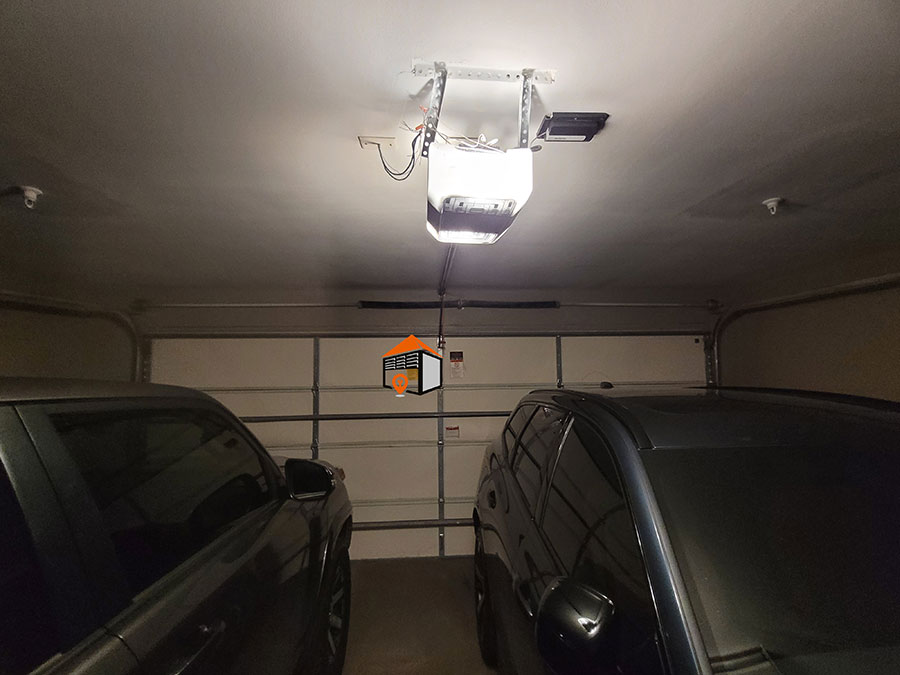Understanding the Risks of Replacing Plywood
Replacing wood on a one-piece garage door can be tricky, so the best way to do it is actually to remove the door from the hinges and lay it on the driveway. This allows for a safer and more efficient replacement process. However, this task can be extremely dangerous if you do not know what you are doing, especially during the removal of the door itself. Unless you’re skilled in woodworking, it’s advisable to proceed with caution.
Assessing Wood Condition Before Replacement
If you want to replace the wood on your garage door because it is water-rotten or has suffered damage from the elements, consider the thickness of the new plywood. Ideally, you should match it to the original thickness to ensure the door functions correctly without affecting its balance. Adding new wood for design and visual appeal can complicate matters significantly, so it’s important to be cautious.
The Importance of Weight Considerations
When you add weight to your garage door by installing new plywood, the springs may need adjustment or replacement with stronger ones. Adding weight without proper assessment can lead to operational issues. Therefore, you should avoid laying new plywood or boards directly on top of the old wood, as this unnecessarily increases the door’s weight. Instead, consider removing the old wood first to maintain optimal functionality.
Consulting with Professionals
If you’re not confident in your ability to safely and effectively replace the plywood, hiring a professional garage door company is highly recommended. They understand the intricate balance and mechanics involved, ensuring that your garage door remains safe and functional after the replacement.
Enhancing Your Garage Door’s Aesthetic Appeal
Your garage door is a prominent feature of your home and can greatly affect curb appeal. So if you’re inclined to get creative with its design, consider using cedar boards. Cedar is lightweight and can provide a stunning finish that enhances your home’s exterior aesthetics. It’s a wonderful option that can make your garage door stand out beautifully, provided it’s properly stained or finished.
Compliance with Local Regulations
Before undertaking any modifications, ensure that you are compliant with any homeowners association rules or local community regulations. You want to avoid the inconvenience of having to dismantle your work due to not adhering to community guidelines. Always do your research to ensure your creative endeavors are within permitted standards.
By following these guidelines, you can safely and effectively replace the worn-out plywood on your one-piece garage door while enhancing its visual appeal.
